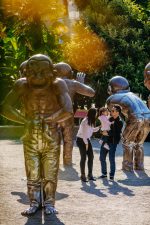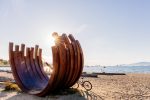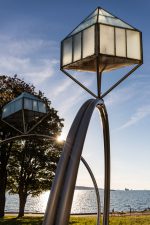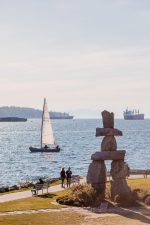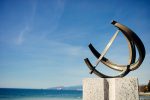Art Walk
Art Walk
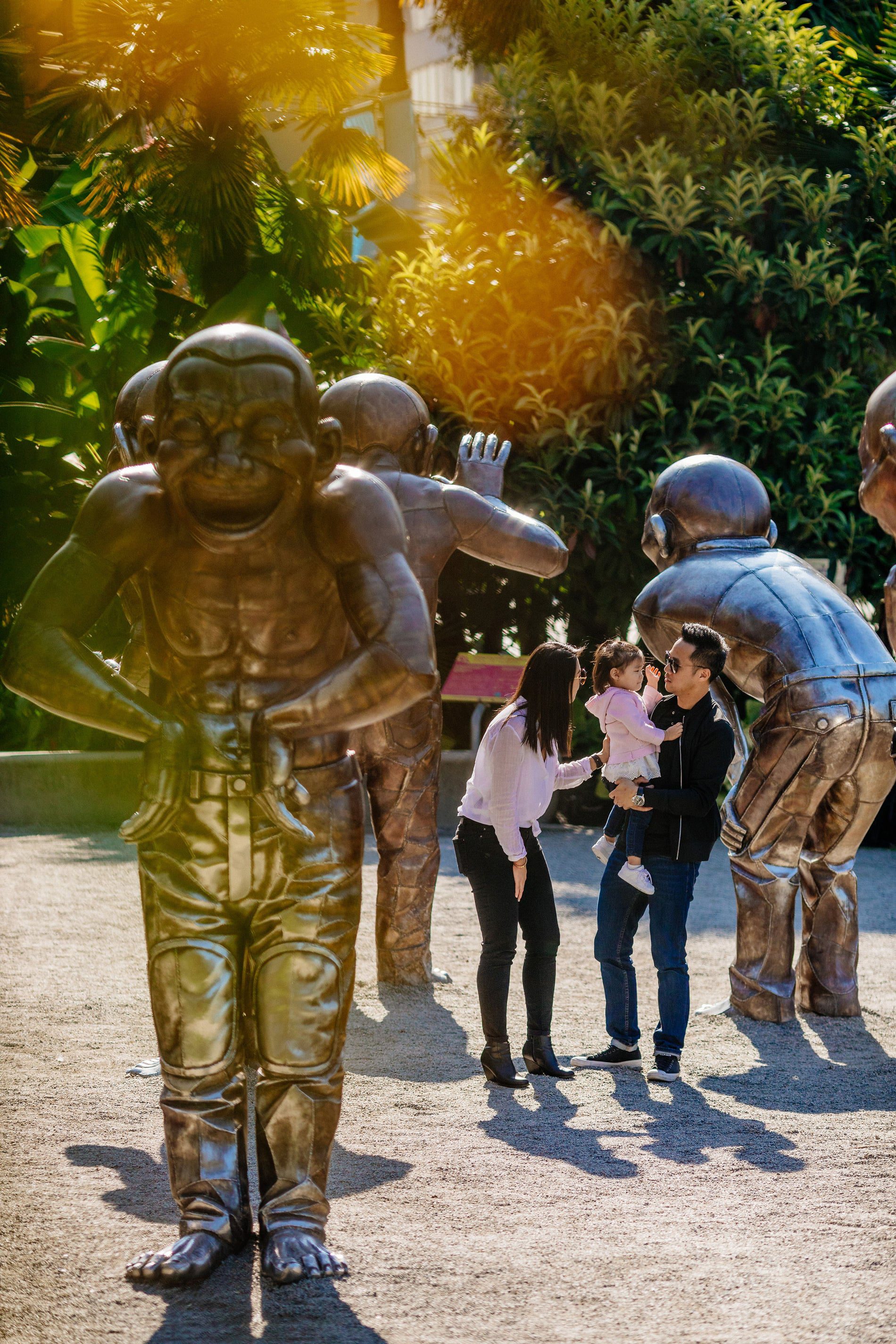
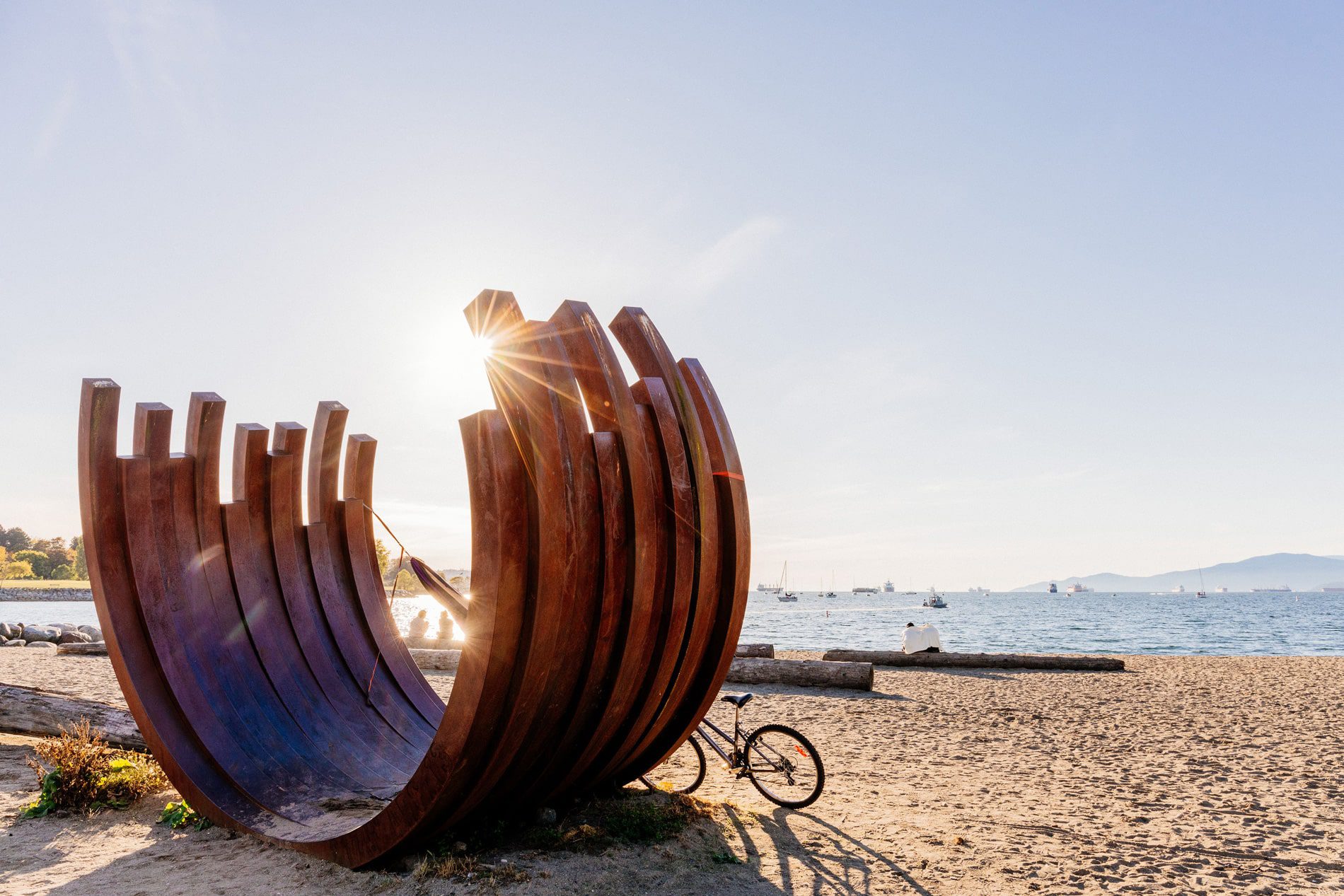
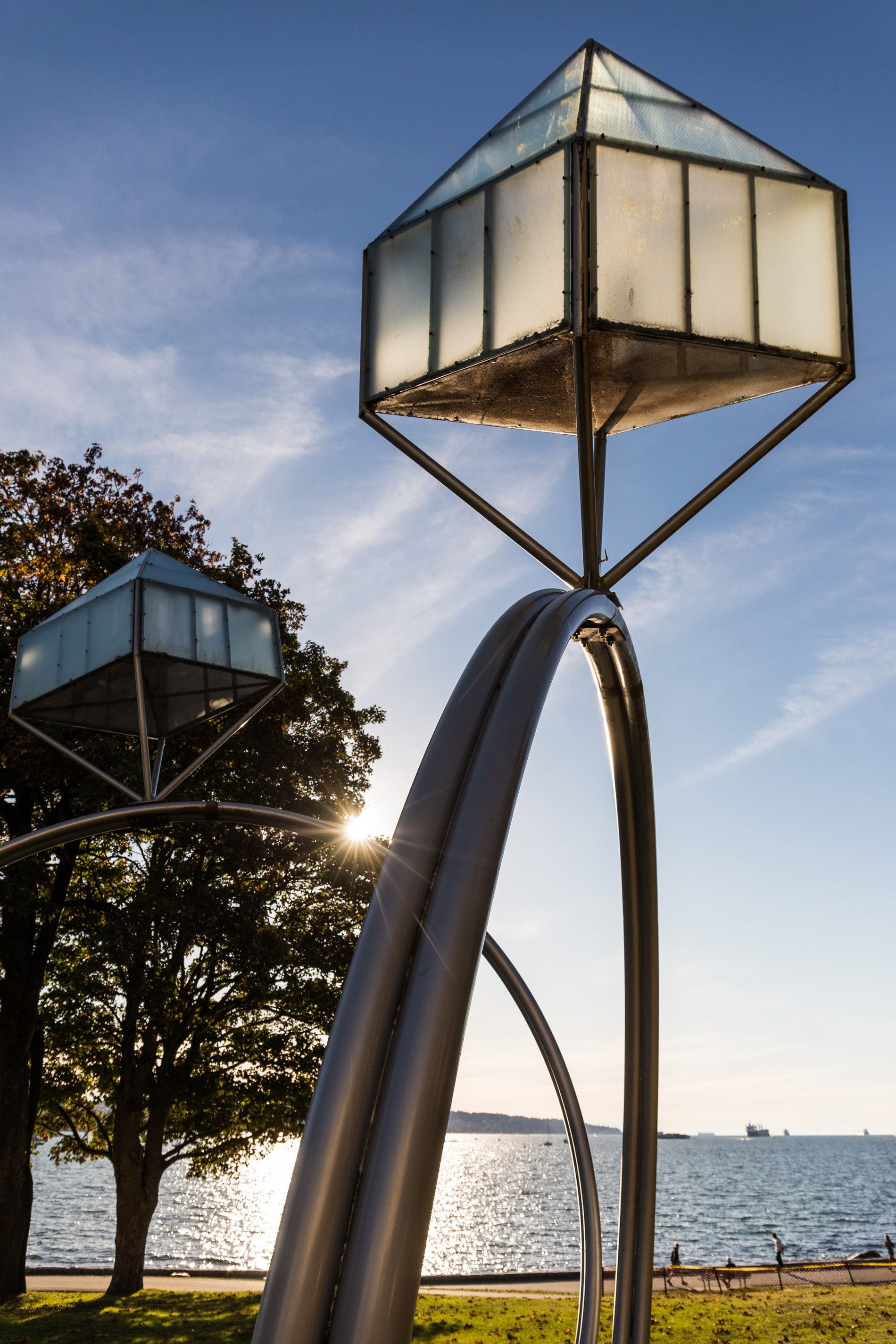
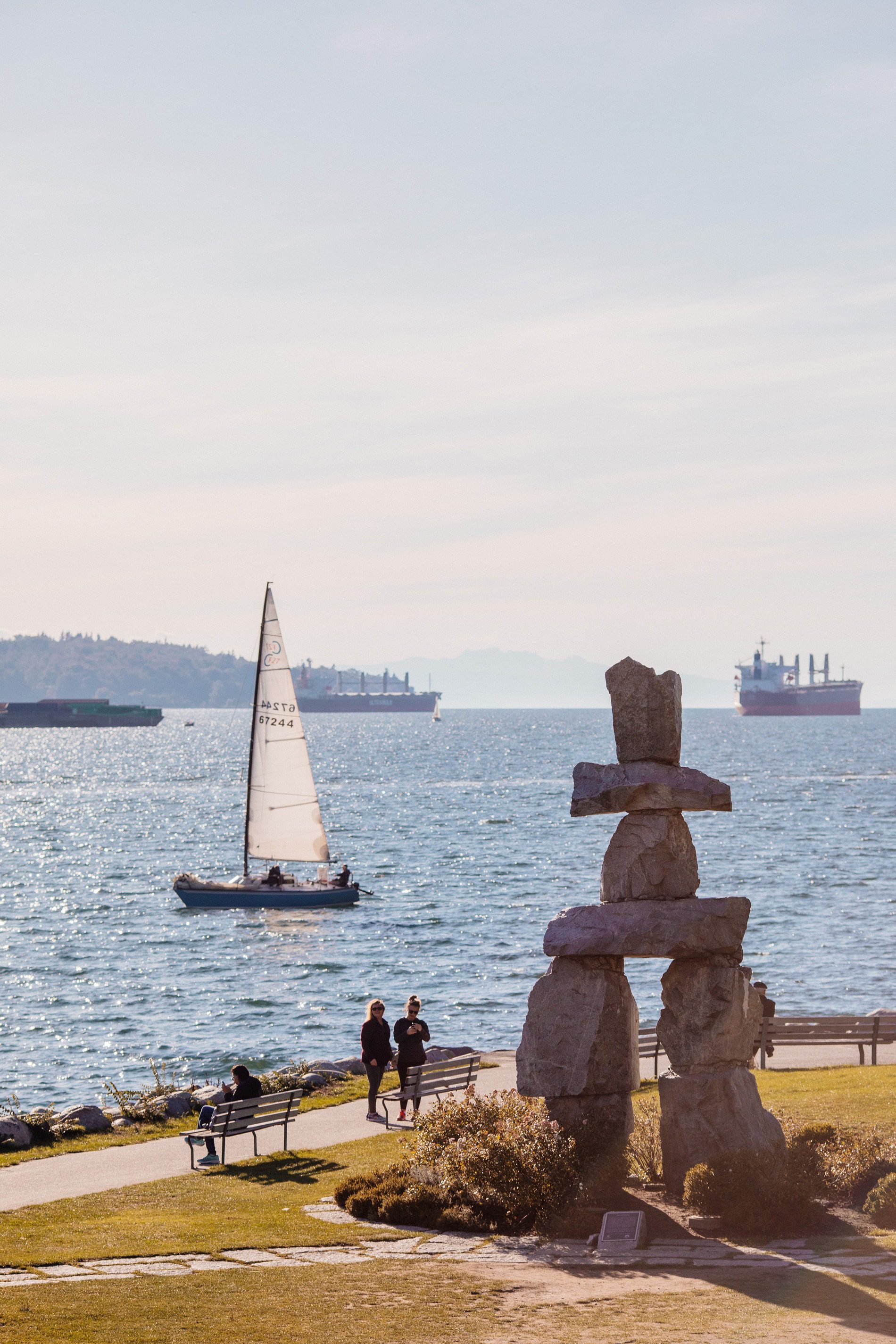
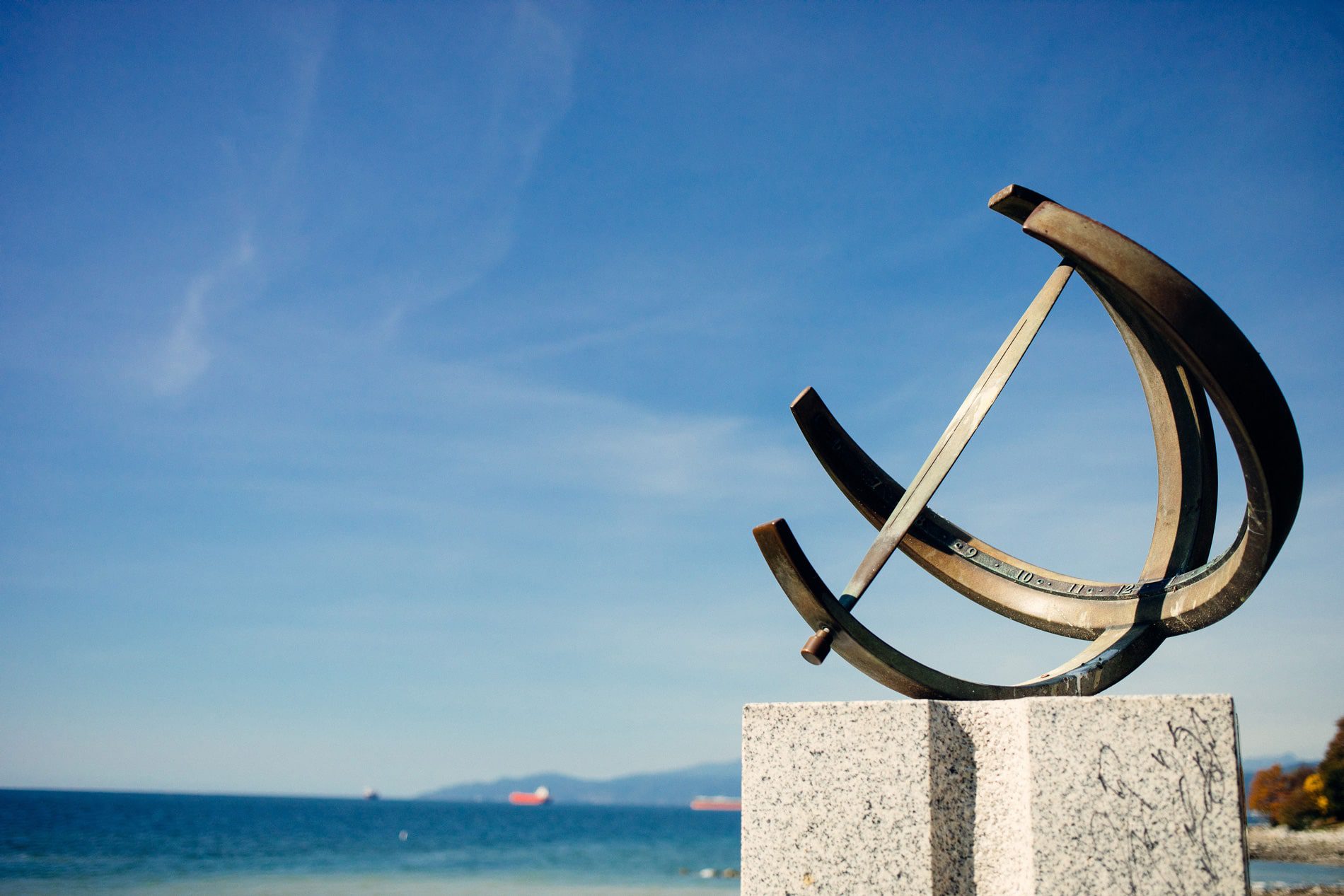
There are over 350 outdoor public art works that can be found in parks, transit shelters and even on random street corners across the city of Vancouver. In the West End some of Vancouver’s most famous public artworks have become major sightseeing destinations in themselves.
There’s no better way to take in some culture than by scouting out public art in the neighbourhood. Here are just a few of the must-see stops for your list.
A-maze-ing Laughter, 2009,
Yue Minjun
This sculpture portrays Yue Minjun’s own image in a state of hysterical laughter. These laughing figures are the trademark of the artist. “My work is both fantasy and fiction. It is a description of the real world through my eyes, reinventing oneself through non-reality.” This sculpture was part of the 2009-2011 Vancouver Biennale, which is a biennial exhibition of international contemporary art in public spaces. A-maze-ing Laughter was donated to the City by Chip and Shannon Wilson through the Wilson5 Foundation on August 11, 2012.
217.5 Arc x 13, 2007
Bernar Venet
Bernar Venet’s monumental work 217.5 Arc x 13 is part of his Arc series of sculptures which illustrate the beauty, balance, and malleability of raw steel. The name of this artwork is a precise description of its mathematical composition. All of the beams in the sculpture are nested and curved to the same angle providing a sense of balance and grace. Venet employs mathematical manipulations of this industrial material to explore the interconnected relationships amongst nature, humanity, and the universe. The repetitive thirteen curves give a resting yet rhythmic sense of movement and fluidity. The raw red-brown rust colour of the unpainted surfaces of the corten steel, an authentic surface upon which Venet insists, facilitates an interaction with the natural elements. This sculpture was acquired by the Vancouver Biennale Legacy Foundation in 2007.
“Increasing levels of abstraction and complexity frighten those for whom art is a means to attain a comfortable expression of calm, luxury, and delight.” – Bernar Venet
Engagement, 2007
Dennis Oppenheim
Engagement is one of three versions that artist Dennis Oppenheim produced referencing the traditional engagement rings. In a “Pop Art” form where everyday domestic objects are taken out of their domestic environment and re-conceptualized as monumental sculptures, this version of Engagement rises nearly 30 feet. Where one would expect to find diamonds, there are two translucent houses of plexiglass and aluminum, which are illuminated and precariously tilted away from each other. As a commentary on the precarious balances in marriage, that of the romantic, traditional, economic and the illusions inherent in the institution, the meaning of Engagement is intentionally open-ended. Oppenheim often declines to interpret or explain his work, leaving the interpretation to the viewer.
Having constructed several large-scale sculptural works throughout the 1990s and 2000s, Oppenheim remains one of the world’s most influential and respected artists. His work was recognized with a Lifetime Achievement Award by the Vancouver Biennale in 2007. The initial installation of this piece in 2005 coincided with same-sex marriage debates taking place in Canada. This work is a Legacy Artwork of the 2005 – 2007 Vancouver Biennale.
Inukshuk, 1986
Alvin Kanak
The welcoming figure was made on the Inuit model for the NWT pavilion designed by Bing Thom and “shaped like a five-story igloo” at Expo 86. The figure was sited at English Bay after the fair. The stones were brought in from a quarry in the Fraser Valley and then shaped and stacked by crane and pinned together with rebar. Inukshuks in the north are usually much smaller and the rocks are balanced on each other. They act as sign posts or distance markers that can be seen on the flat horizon. Artist Kanak said, “By a lake an Inukshuk means lots of fish.” The figure is a “reminder of the ingenuity of my people in addressing transportation and communications challenges prior to the introduction of modern technology.”
George Cunningham Memorial Sundial, 1967
Gerhard Class
Erected under the auspices of the Centennial Committee of Vancouver in cooperation with the Parks Board, the sculpture was presented to the City by Cunningham Drug Stores Ltd. whose first store was opened at Denman and Nelson Streets in 1911. The inscription reads, ” I mark my hours by shadow, mayest thou mark thine by sunshine.” The sundial commemorates three English “greenhorns” – Samual Brighouse, John Morton, and William Hailstone – who in 1862 filed the first land claim and planned the first home and industry in the then heavily wooded area, now bounded by Burrard Inlet, Stanley Park, English Bay and Burrard Street to which they received title in 1867.
